ChinaFile Recommends
02.20.18Terracotta Theft: Chinese Anger over Stolen Warrior Thumb
BBC
Chinese authorities have demanded “severe punishment” for a man who allegedly stole the thumb of a terracotta warrior statue on display in the US, Chinese state media report.
ChinaFile Recommends
10.03.16Fate Catches Up to a Cultural Revolution Museum in China
New York Times
The museum was covered up and shut down in the spring, a few weeks before the 50th anniversary of the start of the Cultural Revolution.
Depth of Field
04.03.16
Meet ‘Depth of Field’: The Month’s Best Chinese Photojournalism
from Yuanjin Photo
Welcome to ChinaFile’s inaugural “Depth of Field” column. In collaboration with Yuanjin Photo, an independent photo blog published by photographers Yan Cong and Ye Ming on the Chinese social media platform WeChat, we will highlight new and...
ChinaFile Recommends
02.24.16China Maintains Respect, and a Museum, for a U.S. General
New York Times
A museum dedicated to General Stilwell opened where more than 20 years ago where the general lived and worked.
Books
03.16.15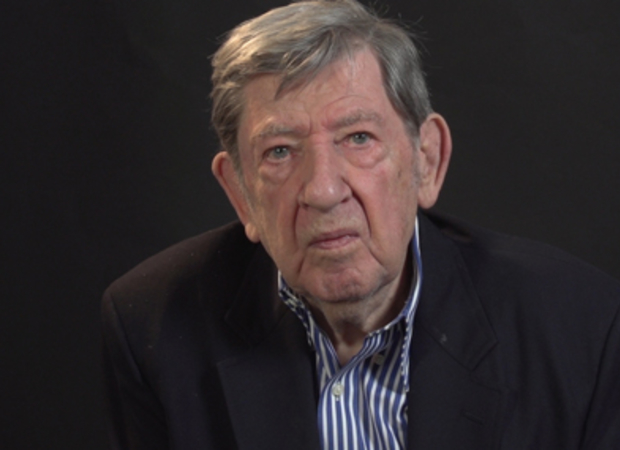
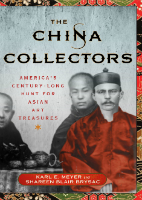
The China Collectors
Thanks to Salem sea captains, Gilded Age millionaires, curators on horseback, and missionaries gone native, North American museums now possess the greatest collections of Chinese art outside of East Asia itself. How did it happen? The China Collectors is the first full account of a century-long treasure hunt in China from the Opium Wars and the Boxer Rebellion to Mao Zedong's 1949 ascent.The principal gatherers are mostly little known and defy invention. They included "foreign devils" who braved desert sandstorms, bandits, and local warlords in acquiring significant works. Adventurous curators like Langdon Warner, a forebear of Indiana Jones, argued that the caves of Dunhuang were already threatened by vandals, thereby justifying the removal of frescoes and sculptures. Other Americans include George Kates, an alumnus of Harvard, Oxford, and Hollywood, who fell in love with Ming furniture. The Chinese were divided between dealers who profited from the artworks' removal, and scholars who sought to protect their country's patrimony. Duanfang, the greatest Chinese collector of his era, was beheaded in a coup and his splendid bronzes now adorn major museums. Others in this rich tapestry include Charles Lang Freer, an enlightened Detroit entrepreneur, two generations of Rockefellers, and Avery Brundage, the imperious Olympian, and Arthur Sackler, the grand acquisitor. No less important are two museum directors, Cleveland's Sherman Lee and Kansas City's Laurence Sickman, who challenged the East Coast's hegemony.Shareen Blair Brysac and Karl E. Meyer even-handedly consider whether ancient treasures were looted or salvaged, and whether it was morally acceptable to spirit hitherto inaccessible objects westward, where they could be studied and preserved by trained museum personnel. And how should the U.S. and Canada and their museums respond now that China has the means and will to reclaim its missing patrimony?—Palgrave Macmillan {chop}
Video
09.18.14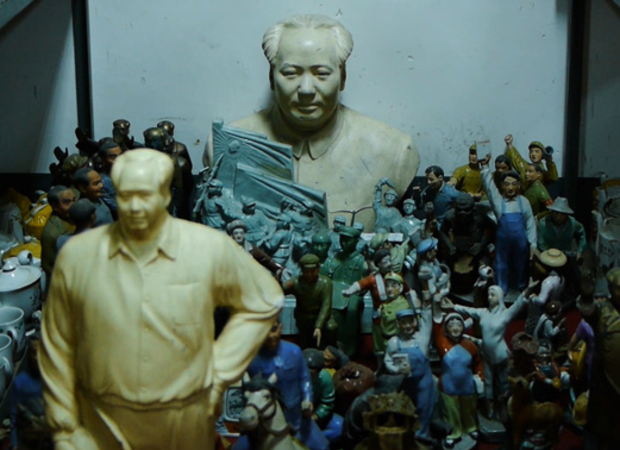
Collecting Insanity
Every country has a past it likes to celebrate and another it would rather forget. In China, where history still falls under the tight control of government-run museums and officially approved textbooks, the omissions appear especially stark. An...
Culture
06.03.14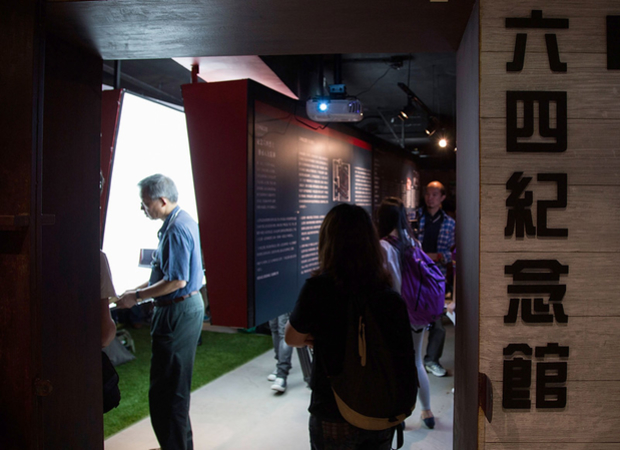
A Visit to Hong Kong’s June 4th Museum
Every Saturday in Hong Kong, volunteer curator and translator C.S. Liu helps guide visitors through the first permanent museum dedicated to the history of the Tiananmen Square massacre of June 4, 1989 in Beijing.At the entrance to the June 4th...
ChinaFile Recommends
07.18.13Scandal in China Over the Museum with Over 40,000 Fake Artifacts
Guardian
The recent revelation that museum in Hebei may be housing as many as 40,000 forgeries has caused the museum to close and many on the Chinese internet are commenting on the scandal.
Earthbound China
04.11.13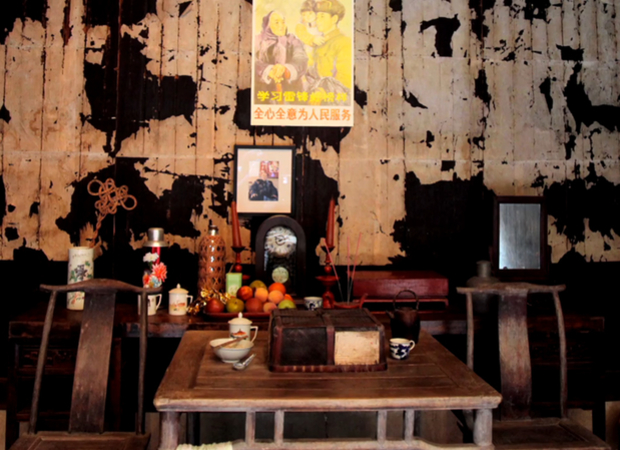
Moving House: Preserving Huizhou’s Vernacular Architecture
In 1996, art historian Nancy Berliner, working with the Peabody Essex Museum, purchased a vacant Qing dynasty merchant’s house from the Huizhou region of China and, piece by piece, moved it to the United States to be meticulously reconstructed at...
Reports
04.09.13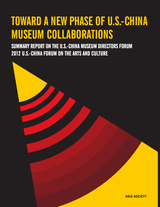
Toward a New Phase of U.S.-China Museum Collaborations
Orville Schell
Asia Society
The 2012 U.S.-China Museum Directors Forum, organized by Asia Society and the Chinese People's Association for Friendship with Foreign Countries, brought together 17 Chinese and 15 American museum leaders for a two-day dialogue to assess common...
ChinaFile Recommends
03.22.13A Building Boom As Chinese Art Rises In Stature
New York Times
As the government and private donors sponsor the growth of museums and art culture in China, they must decide what kind of art to feature and what stories to tell.
ChinaFile Recommends
03.21.13Guggenheim Gets Grant To Commission Chinese Art
New York Times
A $10 million grant for the Guggenheim to commission works from artists born in mainland China, Taiwan, Hong Kong or Macau. The money will also endow a curator at the museum whose entire focus will be contemporary Chinese art.
ChinaFile Recommends
11.08.12China Museum Builder Lets History Speak
Los Angeles Times
Fan Jianchuan, an obsessive collector and wealthy developer, uses his massive museum cluster to carefully display objects related to touchy subjects.
Postcard
10.19.12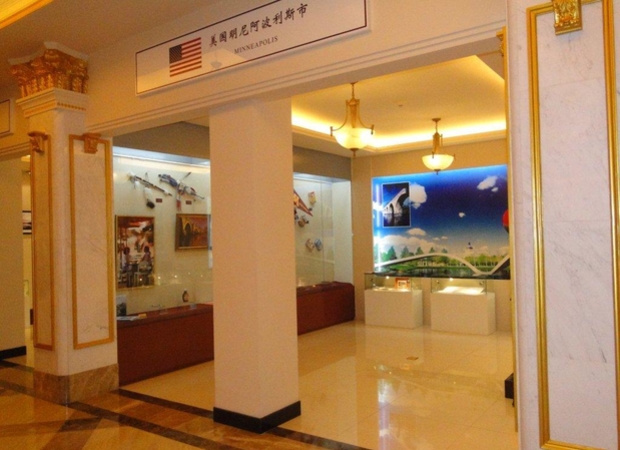
Desperately Seeking City
At the world’s only International Sister City Museum, located in far northeast China, a guide leads a group of Harbin middle school students past displays for each of their hometown’s twenty-seven “twins.” “Our government’s friendship with these...
Books
07.10.12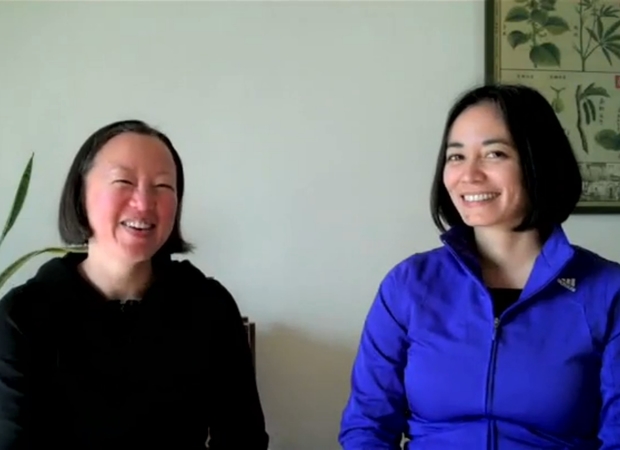
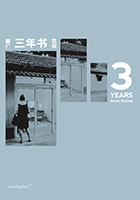
3 Years: Arrow Factory
Arrow Factory is an independently run art space located in a narrow 200-year-old alleyway in the center of Beijing. Founded in 2008, Arrow Factory reclaimed an existing storefront and transformed it into a space for site-specific installations and projects by contemporary artists that are designed to be viewed from the street twenty-four hours a day, seven days a week. Arrow Factory has aimed at reaching a diverse public made up of neighboring residents, as well as local and international art audiences, and has been instrumental in encouraging new avenues for site-oriented artistic production in China.With this publication, audiences are able to view comprehensive documentation of some twenty-eight temporary site-specific works produced by Chinese and international artists at Arrow Factory over the past three years between April 2008 to March 2011. 3 Years: Arrow Factory provides a valuable look into the uniqueness of our contemporary situation, and captures for posterity the fleeting connections that situate Arrow Factory in China’s larger economic, intellectual, and artistic zeitgeist. —Sternberg Press



